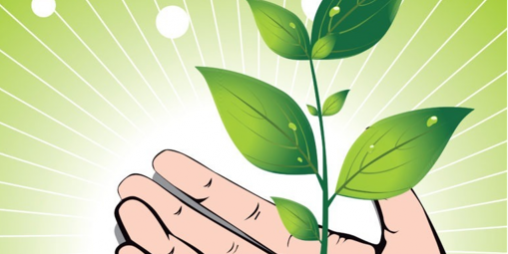I know, I know. You are itching to start gardening but warm weather is still weeks away. That’s OK–it’s almost time to start your seedlings indoors. Starting your garden plants from seeds gives you a greater variety of plants and it’s a great way to satisfy those gardening urges.
Tomatoes
Tomatoes are at the top of the list of seeds to start indoors. I grow 4-8 varieties every year. Be sure to check out my first Tomato Report and my follow-up report.

Eggplant
Most people don’t grow a lot of eggplant. They just don’t know what to do with it. But this is such a fun, versatile vegetable, that you are really missing a lot if you don’t grow it. If you want ideas on how to use it, may I suggest my Eggplant Cookbook? If you still have too much eggplant at the end of the season, dry them and use in Veggie Powder.
Peppers
Chili peppers, jalepenos, cayenne, sweet peppers, banana peppers, paprika. There are dozens of different pepper varieties, of every size, shape, color and heat. You really should try a few varieties every year. I grow several cayenne plants and dry them into powder for medicinal as well as culinary use. Both peppers and eggplant like to be warm when germinating. If your house isn’t at least 70°, put your
seed trays on a heating pad or a warming tray. (Here is my DIY version of a warming tray for seeds.)
Eggplant and peppers are cousins to tomatoes and potatoes. All of them belong to the nightshade family. That means they all have similar nutritional needs and growth patterns.
Squash and melons
None of the vining plants–squash, gourds, cucumbers and melons–like to have their roots disturbed. So start these in medium- to large-sized Jiffy (c) pots or newspaper pots that will accomodate their growth and allow you to plant directly into the garden.
Soil Mix
You can always get ready-made soil mix, but making your own is so much cheaper. If you add a bit of slow-release fertilizer to the mix you can use it in all your potted and hanging plants around your yard.
1 gallon each:
top soil
vermiculite
peat Moss
Mix well, breaking up all the big clumps and removing any larger pieces of wood.

If you want help starting your seeds indoors, start with my eBook Seed Starting 101.
Onions
Normally you might just plant onion sets. Every garden and hardware store sells them and they are pretty inexpensive. But if you’d like to try an unusual variety or one that stores well, you’ll want to start your own from seed. Just sow several into a large tray or newspaper pot. Separate them out of the pot when it’s time to transplant and put
them into the garden 2-3 weeks before your last frost date (about May 1st in North Dakota.)
Herbs
You can easily find basil and parsley already started for you in any garden center. But there are so many other herbs that you should try. See my Herb Chart for a list of some of my favorites.


Flowers
Ah! Here’s where you’ll save lots of money. Buying bedding flowers at the garden center can add up–fast! It’s always a balance between having beds filled with flowers or staying within budget. But you can turn your flower bed into a riot of bloom with just a $2 packet of seed. I like cut flowers and they are hard to find in garden centers. My favorites to start indoors include: Aster, Snapdragon, Four O’Clocks, Stocks, Salpiglossis and Statice.
Perennials
This is another big money saver. Perennials that are easy to start from seed include almost all the herbs (Yarrow, Feverfew, Horehound, etc), and favorites like Purple Coneflower, Delphinium, Dianthus and Columbine (OK, yes. Columbine is technically a biennial. But once it gets established it readily self-seeds so you can treat it like a perennial.)
Be sure to read my three-part series on planning your garden starting with this post.







